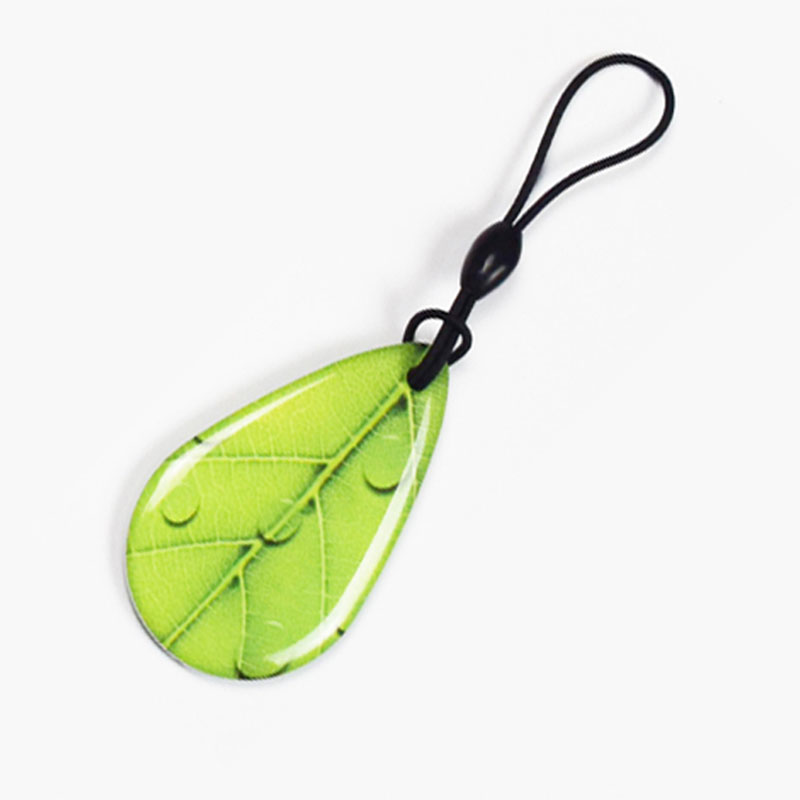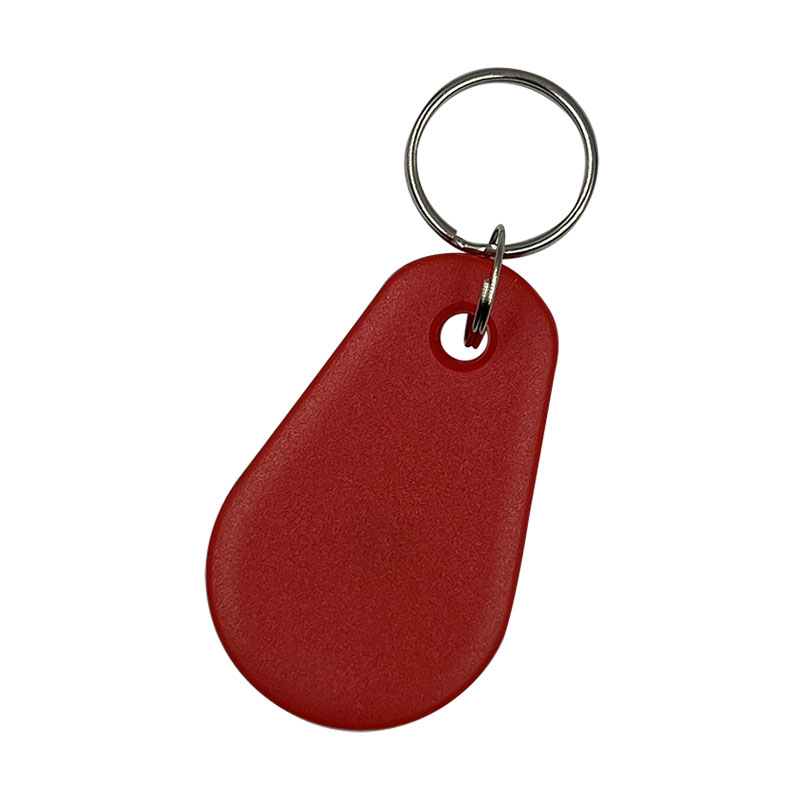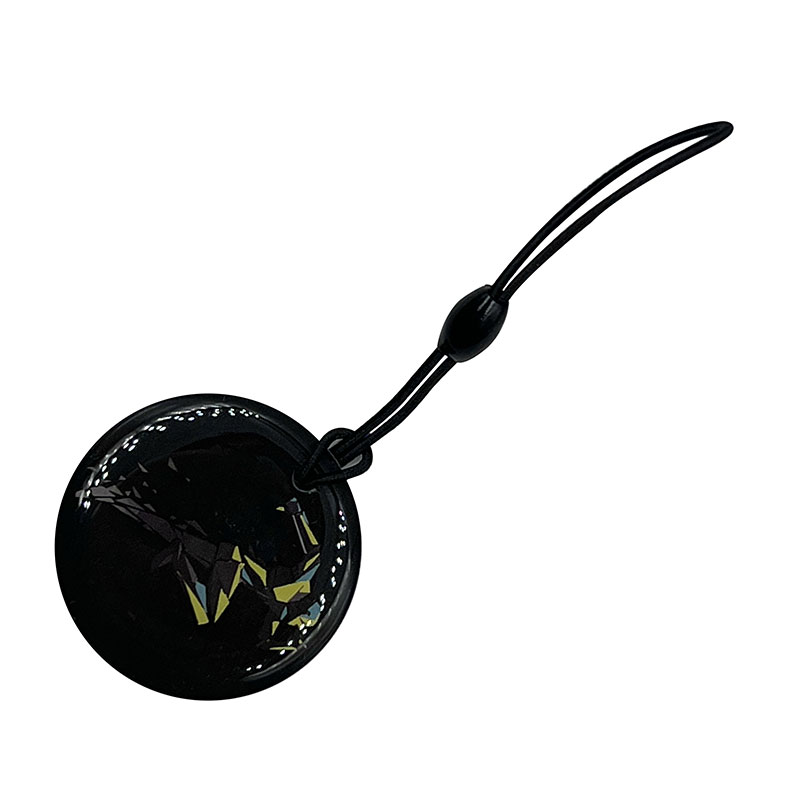How Do RFID Key Fobs Improve Security for Offices and Residential Buildings?
2025-11-03
Table of Contents
-
What Are RFID Key Fobs and How Do They Work?
-
Why Choose ABS RFID Key Fobs for Your Access Control System?
-
How Epoxy RFID Key Fobs Enhance Security and Durability
-
Frequently Asked Questions About RFID Key Fobs
What Are RFID Key Fobs and How Do They Work?
RFID Key Fobs are small, portable devices that use Radio Frequency Identification (RFID) technology to enable secure access control for buildings, offices, and restricted areas. They communicate wirelessly with RFID readers to grant or deny entry based on stored identification data.
How RFID Key Fobs Work:
-
Each key fob contains a microchip and antenna.
-
When brought near an RFID reader, the antenna receives a signal from the reader.
-
The microchip transmits its unique identification code back to the reader.
-
The reader verifies the code against a database and triggers access accordingly.
Why RFID Key Fobs Are Important:
-
Enhanced Security: Reduces the risk of unauthorized entry compared to traditional keys.
-
Convenience: Easy to carry and use without inserting keys or remembering codes.
-
Durability: Long-lasting, resistant to wear and tear.
Key Technical Parameters of RFID Key Fobs:
| Parameter | Specification |
|---|---|
| Frequency | 125 kHz / 13.56 MHz |
| Read Range | 2–10 cm (depending on reader) |
| Chip Type | EM4100, EM4200, MIFARE Classic, NTAG213 |
| Material | ABS, Epoxy Resin |
| Operating Temperature | -20°C to 60°C |
| Dimensions | 40mm x 25mm x 5mm (typical ABS fob) |
| Weight | 10–12g |
| Lifespan | 100,000+ read/write cycles |
RFID Key Fobs are widely adopted in corporate offices, apartment complexes, gyms, and public transportation systems due to their reliability and simplicity.
Why Choose ABS RFID Key Fobs for Your Access Control System?
ABS RFID Key Fobs are popular for their affordability, lightweight design, and durability. They are perfect for environments where frequent handling is expected, such as office buildings or hotels.
Advantages of ABS RFID Key Fobs:
-
Durable Construction: Resistant to shocks, scratches, and environmental wear.
-
Lightweight and Portable: Easy to attach to keychains without adding bulk.
-
Cost-Effective: Ideal for bulk distribution to employees or residents.
-
Customization Options: Can be printed with logos, colors, or serial numbers.
ABS RFID Key Fob Specifications:
| Feature | Detail |
|---|---|
| Material | ABS Plastic |
| Dimensions | 40mm x 25mm x 5mm |
| Weight | 10g |
| Operating Frequency | 125 kHz / 13.56 MHz |
| Read Range | Up to 5 cm |
| Chip Types Supported | EM4100, EM4200, MIFARE Classic |
| Printing Options | Screen Printing, UV Printing, Laser Engraving |
| Lifespan | 3–5 years (depending on usage) |
How to Maximize the Life of ABS RFID Key Fobs:
-
Avoid exposure to extreme temperatures or direct sunlight for prolonged periods.
-
Keep away from strong magnetic fields.
-
Clean with a soft cloth to prevent scratches or dirt accumulation.
How Epoxy RFID Key Fobs Enhance Security and Durability
Epoxy RFID Key Fobs offer a higher level of protection and resistance compared to ABS models. They are encapsulated in a durable resin that prevents tampering and ensures longevity in harsh environments.
Benefits of Epoxy RFID Key Fobs:
-
Superior Durability: Resistant to water, dust, and impact.
-
Tamper-Resistant: Epoxy coating protects internal circuitry.
-
High-End Appearance: Smooth, glossy finish suitable for premium branding.
-
Extended Lifespan: Performs reliably in industrial or outdoor settings.
Epoxy RFID Key Fob Specifications:
| Feature | Detail |
|---|---|
| Material | Epoxy Resin |
| Dimensions | 45mm x 28mm x 6mm |
| Weight | 12–15g |
| Operating Frequency | 125 kHz / 13.56 MHz |
| Read Range | 3–10 cm |
| Chip Types Supported | EM4100, EM4200, MIFARE Classic, NTAG213 |
| Color Options | Transparent, Custom Colors |
| Lifespan | 5–7 years (depending on usage) |
Why Choose Epoxy Over ABS:
-
Ideal for environments with high moisture, dust, or exposure to chemicals.
-
Offers stronger protection against accidental drops or scratches.
-
Suitable for premium applications where aesthetics and durability are equally important.
Installation Tips for Epoxy RFID Key Fobs:
-
Ensure the reader is compatible with the frequency and chip type.
-
Avoid excessive force when attaching to keyrings to prevent microcracks.
-
Clean periodically with a damp cloth to maintain clarity and functionality.
Frequently Asked Questions About RFID Key Fobs
Q1: What is the difference between ABS and Epoxy RFID Key Fobs?
A1: ABS fobs are lightweight and cost-effective, suitable for everyday office or residential use, whereas Epoxy fobs provide higher durability, water resistance, and tamper protection, ideal for industrial or outdoor applications.
Q2: Can RFID Key Fobs be reprogrammed for multiple users?
A2: Yes, certain types of RFID fobs (e.g., MIFARE Classic) can be reprogrammed using compatible readers and software, allowing the same fob to be reassigned to different users without physical replacement.
Q3: How long do RFID Key Fobs typically last?
A3: Lifespan depends on material and usage. ABS fobs generally last 3–5 years, while Epoxy fobs can last 5–7 years. Regular cleaning and proper handling can extend their service life.
RFID Key Fobs are an essential part of modern access control systems, combining convenience, security, and durability. Both ABS and Epoxy variants offer unique benefits tailored to different environments, making it easier for businesses to choose the right solution.
At Lex, our RFID Key Fobs are manufactured with precision and tested for long-lasting performance. Whether you need cost-effective ABS fobs for offices or high-durability Epoxy fobs for demanding environments, Lex provides reliable solutions. For bulk orders, customization, or technical support, contact us today to learn how we can enhance your access control system with top-quality RFID Key Fobs.








